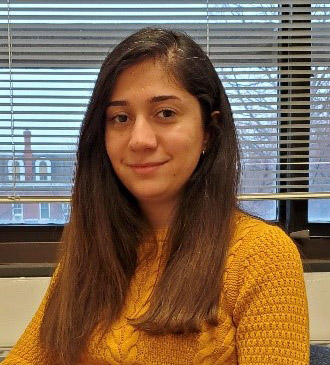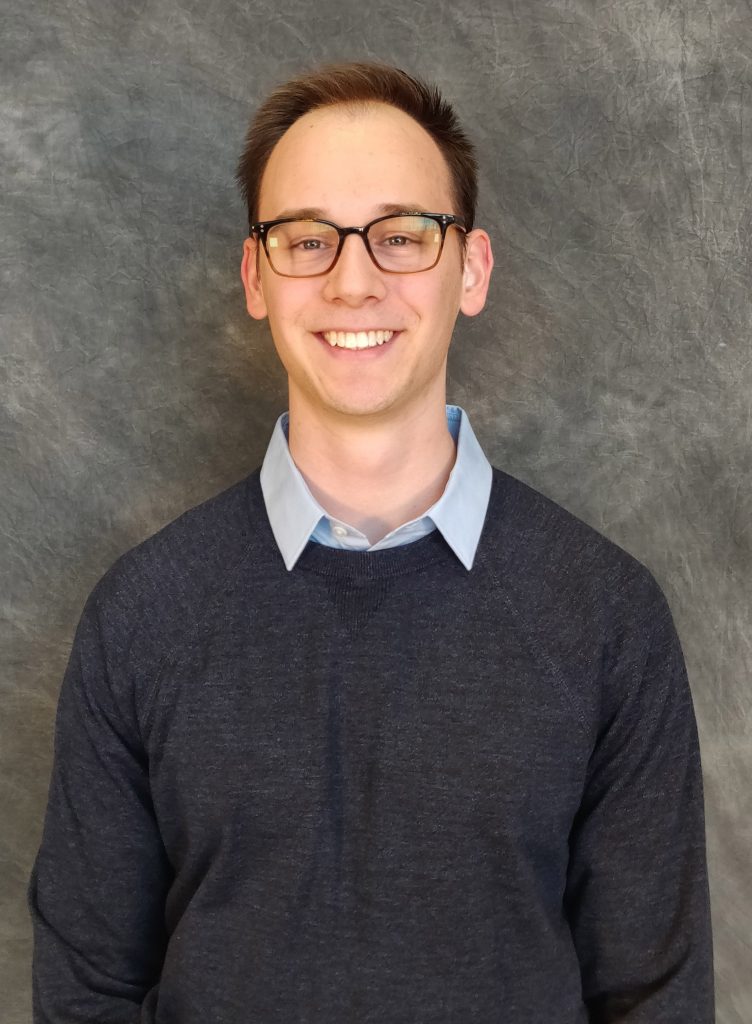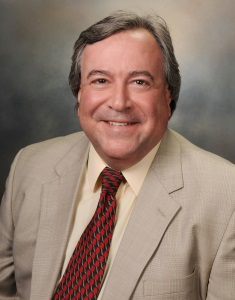
Issues caused by wear and tear on rotating machinery could be easier to detect and predict because of a research partnership between Iowa State University and Vermeer Corporation.
Vermeer Corporation is the manufacturer of iconic yellow iron seen on industrial jobsites and farm fields worldwide. The team has manufacturing facilities and regional offices around the world but is headquartered in Pella, Iowa. Vermeer does important work in the agriculture, fluid management, landscape, pipeline, recycling, surface mining, technology solutions, tree care, utility installation, vacuum excavation and wood waste industries.
Chao Hu, assistant professor of mechanical engineering (ME), and his team of student researchers have been integral in this two-phase project which began in September of 2019. During the project’s first phase, the Iowa State University researchers focused on developing a rotor balancing method, capable of detecting and correcting an unbalance of a rotor-bearing system. Unbalance occurs in these systems when the center of mass, or center of gravity, of a rotor deviates from its axis of rotation.
“Many of the machine faults and failures are caused directly or indirectly by excessive vibrations generated due to unbalances in rotor systems,” said Hu. “Hence, it is of critical importance to monitor such vibrations and reduce them through timely, accurate, and cost-effective balancing when a machine operates in the field.”
The researchers relied on mechanical engineering concepts and methods such as design of bearing and shaft components during this initial phase. Hu, who teaches these concepts and methods in ME 325: Mechanical Component Design, said this knowledge was helpful in understanding the operating principles and characteristics of the rotor-bearing system. The research team also applied concepts of machine health monitoring to the algorithm development for rotor balancing. This is the kind of content Hu covers in ME 591X: Probabilistic Engineering Analysis and Design, a course that he first developed and offered in spring of 2018.

Nazli Javadi Eshkalak, a second-year Ph.D. student in ME, and Hao Lu, a third-year Ph.D. student co-majoring in ME and electrical engineering, as well as a handful of undergraduate students contributed to this first phase. Eshkalak conducted a literature review to get better insight on shaft balance monitoring and the methods used to detect and correct shaft unbalance.
“I tried to develop an algorithm which could detect whether or not the rotating shaft was unbalanced and consequently could specify the correction weights that were required to be placed on the rotor to minimize the initial vibrations of the rotor system,” said Eshkalak, adding that the developed algorithm was verified by conducting experiments on a test stand at the Wind Energy Systems Laboratory on the Iowa State campus. The test stand had been designed and built by the Vermeer team.
During phase two the researchers will extend the findings from phase one to other types of machine faults, with the hope of developing an automated, field-deployable tool for onboard machine health monitoring.
“The basic idea of this tool is to process and analyze, in almost real-time, sensor data collected from operating machines to provide transparency to machine health and achieve near-zero breakdown performance,” Hu said.
Eshkalak again contributed to phase two by reviewing applicable literature, this time with the help of first-year ME Ph.D. student Adam Thelen, who was an undergraduate ME student during the early research for this project.

“To detect failures before they occur, we need to understand some fundamental physical properties of the rotor as they relate to common failure modes,” said Thelen. “Our goal is to combine knowledge of the physical properties of the rotor with real world data to aid in diagnosing faults.”
Thelen, who has also been reviewing literature about rotor fault detection and diagnosis algorithms in preparation for creating a system, said material he learned in ME 370: Engineering Measurements and ME 573: Random Signal Analysis and Kalman Filtering has been directly applicable to this project. This project falls within the ME department’s strategic research area of Computational Sciences.
“The uniqueness of this type of project lies in the synergistic integration of data science and traditional ME that creates research and development opportunities to develop data-driven decision making technologies that help improve the competitiveness of the manufacturing industry,” Hu said.
Carey Novak, project manager for Iowa State University’s Center for Industrial Research and Service (CIRAS), is also involved in this project by serving as the liaison between industry partners and faculty and students from Iowa State’s College of Engineering. One way CIRAS helps smooth the path for companies to grow is by matching them with the correct expertise for research at Iowa State. Novak has been working specifically with Hu in recent years on various company-sponsored projects.

“Dr. Hu’s group is advancing the science of machine learning and are producing great journal and conference articles from their research, part of which is supported by NSF,” said Novak. “But there are also potentially very significant commercialization opportunities in using machine learning for monitoring and predicting the health of industrial machines and equipment.”
In addition to the support from the students and faculty involved, engineers from Vermeer have also contributed to the project. Steve Daining, a senior project engineer for Vermeer Corporation and a mechanical engineering graduate of Dordt College in Sioux Center, Iowa, overseas Vermeer’s Power Systems and NVH team and leads the collaboration with ISU on this project.
“There is an expectation from our customers that data should equip them to operate more productively and maintain their machines more reliably. Our goal was to make a proof of concept that demonstrated that data could protect rotating working tools at the core of many Vermeer machines,” said Daining, adding that early on, both ISU and Vermeer understood the common value in placing a high priority on development rather than focusing on research.
“The test stand allowed the ISU team to develop and test algorithms on a scaled system and allowed Vermeer to easily transfer that work into a full size prototype. The delivery of operational software was an important measure of success,” Daining said.
Creating sustainable relationships with industry partners has been one of Hu’s goals in his research lab.
“Such university-industry partnerships help university researchers identify industry-relevant research problems and greatly improve the direct transferability of university research,” said Hu, “It has been quite rewarding for my students and myself to see our work transition to practical implementation and produce real-world impacts.”
The next step will be for the ISU researchers to assist the Vermeer team in validating and implementing the machine health monitoring tool on some of the Vermeer machines. The research team aims to have the projected wrapped up by August 2021.
“Vermeer is a smart company. It has developed a multifaceted relationship with the College of Engineering by supporting capstone projects, hiring interns, and sponsoring R and D projects in areas like machine learning and monitoring machine health. Smart companies know that working with Iowa State can be a great strategy for finding new talent and technology,” said Novak.
Chao Hu oversees the System Reliability and Safety Laboratory (SRSL) at Iowa State University. SRSL focuses on using probabilistic and statistical methods to enhance the reliability, resiliency, and sustainability of complex engineered systems. The research group has graduated three PhD students and one MS student, and hosted one postdoc. It currently has one postdoc and eight PhD students (including two co-advised students). The research expertise of SRSL is in the areas of engineering design under uncertainty and post-design failure prognostics and has applications within lithium-ion batteries (energy storage), rotating machinery, and large-scale structural systems.